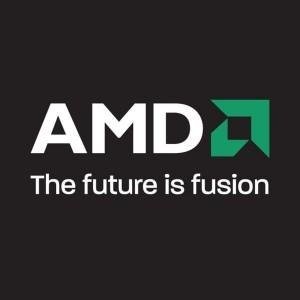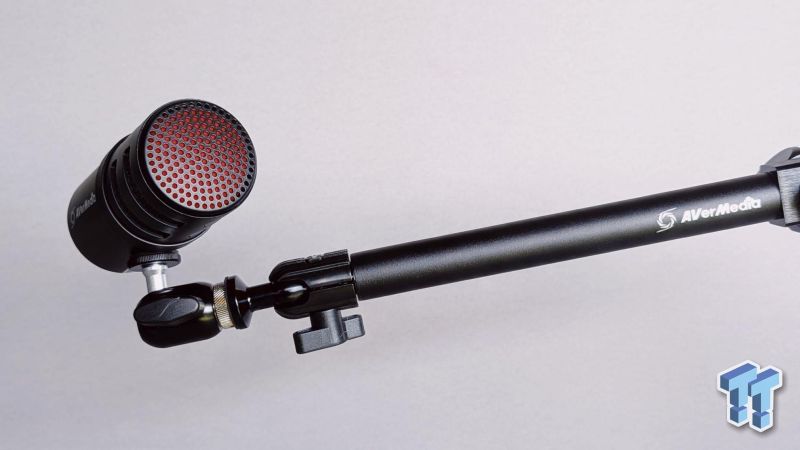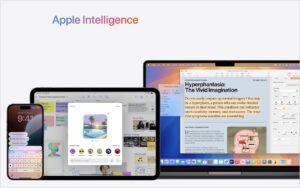 On Wednesday, at the Hot Chips conference in Cupertino, AMD’s chief technology officer argued with a concentrated passion that the future of computing is in the emerging trend of ‘surround computing’.
On Wednesday, at the Hot Chips conference in Cupertino, AMD’s chief technology officer argued with a concentrated passion that the future of computing is in the emerging trend of ‘surround computing’.
As Mr. Papermaster explained, ‘surround computing’ is the logical conclusion to the era of ubiquitous data generated by the increasing growth of mobile computing devices, natural UI like Google Voice or Apple’s Siri, and sensors (think Google’s Project Glass); it’s the “extension of pervasive and ambient computing trends”. This ubiquitous data will overwhelm traditional datacenters, and as Mr. Papermaster rationalizes, will spur the development of APU-centric heterogeneous data centers.
“‘Surround computing’ imagines a world without keyboards or mice, where natural user interfaces based on voice and facial recognition redefine the PC experience, and where the cloud and clients collaborate to synthesize exabytes of image and natural language data,” Mr. Papermaster said in his opening remarks”. “The ultimate goal is devices that deliver intelligent, relevant, contextual insight and value that improves consumers’ everyday life in real time through a variety of futuristic applications. AMD is leading the quest for devices that understand and anticipate users’ needs, are driven by natural user interfaces, and that disappear seamlessly into the background.”
One of the grand challenges of ‘Surround computing’ is the pressure it will put on existing infrastructure: according to Cisco unstructured data expected to grow from 245 exabytes of data in 2010 to 1,000 exabytes by 2015.
For ‘surround computing’ to work, the cloud needs to get smarter while the data center more efficient. The way to do this, according to Mr. Papermaster, is via the Heterogeneous Software Alliance (HSA) Foundation — an industry agreement first announced at June’s AMD Fusion Developer Summit — and AMD’s new Steamroller CPU line.


While the HSA Foundation has a number of large semiconductor players on board such as ARM Holdings, Texas Instruments, and Media Tek, it lacks two large strategic trendsetters: Intel and Nvidia.
“The road that leads us to the Surround Computing Era will be no less challenging and every bit as exciting as the 20-year journey in graphics processing that brought gamers from ‘Pong’ to today’s modern game titles that feature stunning visual realism,” Mr. Papermaster concluded. “It will take an industry movement to complete this journey, and HSA provides the clear path forward to enable this next generation in computing.”


